Two Truths and a Lie is more than just a game; it’s a great way to break the ice, foster connections, and have fun. By sharing interesting truths and a clever lie, players can reveal surprising facts about themselves while enjoying a friendly challenge. Whether you’re playing with family, friends, or colleagues, the examples and tips provided in this guide will help you create an engaging and memorable experience. Embrace the creativity and enjoy the laughter that comes with uncovering the truths and the lies.
What Is Two Truths and a Lie?

Two Truths and a Lie is a classic icebreaker game that involves sharing three statements about yourself: two that are true and one that is a lie. The objective is for others to guess which statement is a lie. This game is popular in social settings, team-building events, and classrooms because it’s fun, easy to play, and helps people get to know each other better. By challenging others to identify the false statement, players engage in light-hearted deception, which often leads to surprising revelations and laughter.
Two Truths and a Lie Example
To understand how to play Two Truths and a Lie, it helps to see some examples. These examples cover a variety of categories to inspire your own game and ensure it’s both fun and challenging.
Example 1: Travel and Adventure
I have gone skydiving.
I have visited the Eiffel Tower.
I have climbed Mount Everest.
Lie: "I have climbed Mount Everest." (Most people haven't had the opportunity to climb Mount Everest, making it a plausible yet often false statement.)
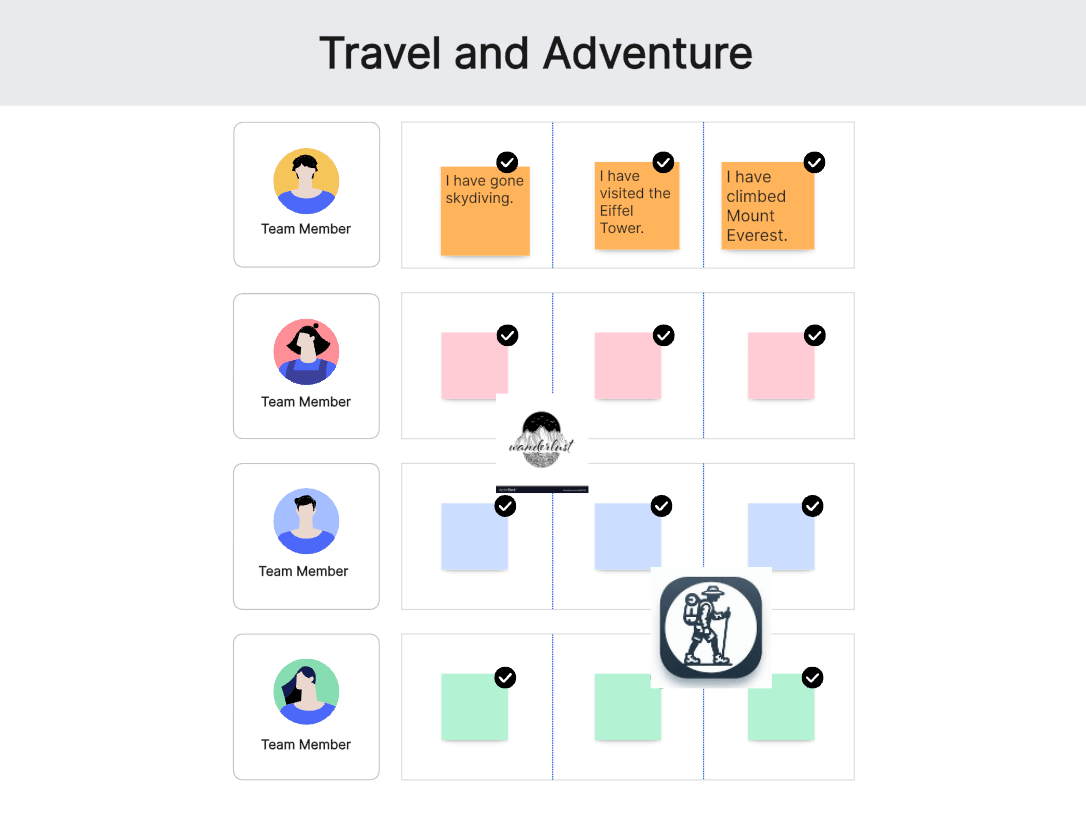
Example 2: Personal Achievements
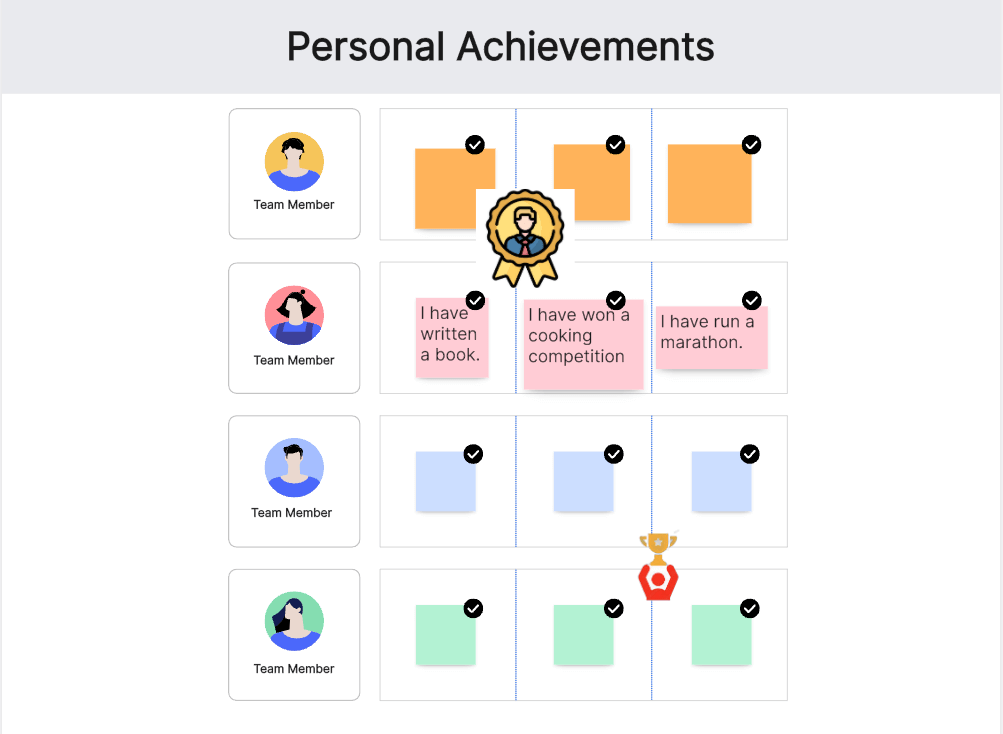
I have written a book.
I have won a cooking competition.
I have run a marathon.
Lie: "I have won a cooking competition." (This statement might be less likely compared to writing a book or running a marathon.)
Example 3: Hobbies and Interests
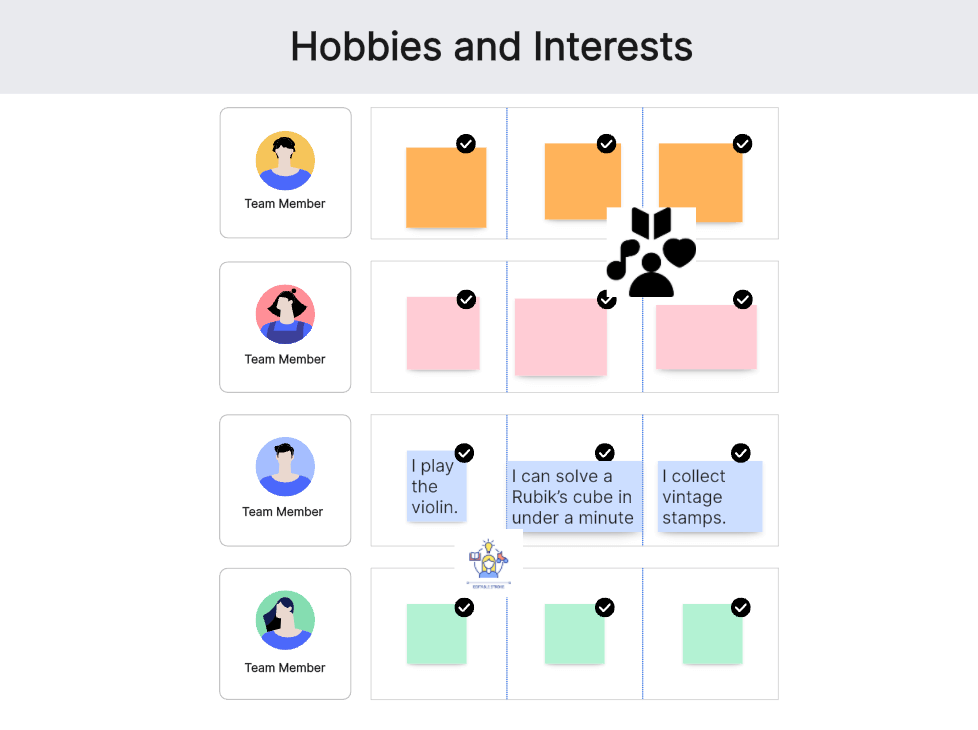
I play the violin.
I can solve a Rubik’s cube in under a minute.
I collect vintage stamps.
Lie: "I can solve a Rubik’s cube in under a minute." (This is a challenging skill and not very common, making it a believable lie.)
Example 4: Unusual Experiences
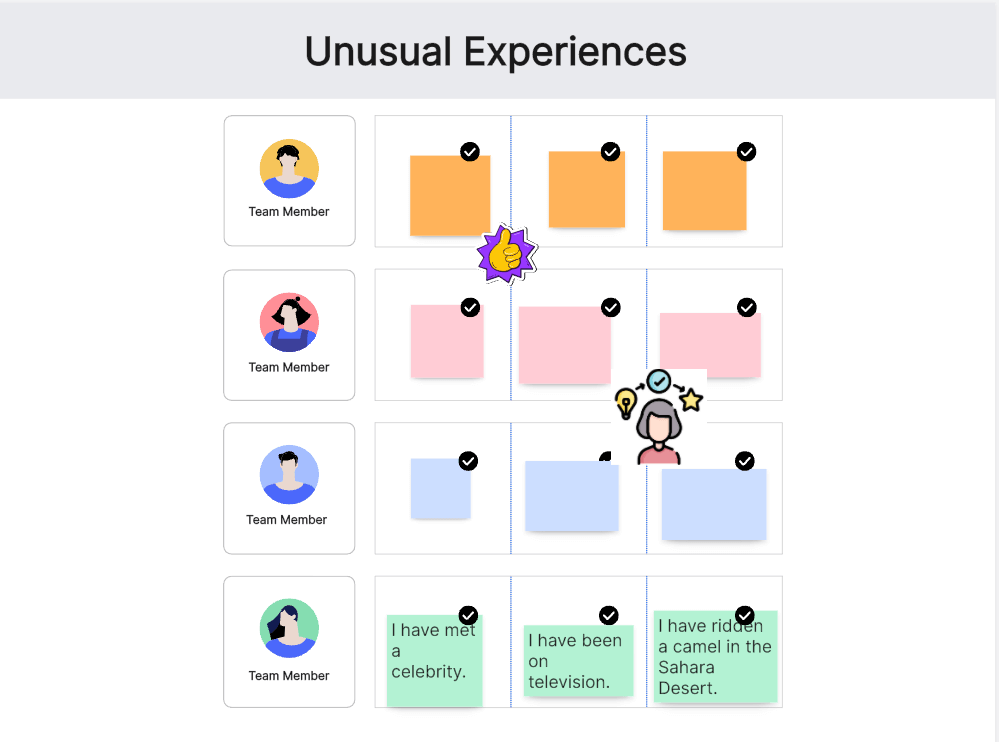
I have met a celebrity.
I have been on television.
I have ridden a camel in the Sahara Desert.
Lie: "I have ridden a camel in the Sahara Desert." (While meeting a celebrity or being on television can happen, riding a camel in the Sahara is rare.)
Example 5: Random Facts

I have never eaten sushi.
I can whistle in five different ways.
I have a twin sibling.
Lie: "I can whistle in five different ways." (This is a unique and less likely skill.)
Good Two Truths and a Lie Examples and Ideas
Coming up with interesting and challenging statements is key to making the game enjoyable. Here are some good examples and ideas for your game:
Two Truths and a Lie Examples about Your Family
Creating statements about your family can add a personal touch to the game. Here are some examples:
1. Family Travel:
My family has been on a road trip across the country.
We have a tradition of visiting a new country every year.
My family has never traveled outside of our home state.
2. Family Activities:
My family hosts an annual talent show.
We have a family game night every week.
My family is obsessed with watching horror movies together.
3. Family Members:
My grandmother was a professional dancer.
My uncle is a famous author.
My cousin has appeared in a national commercial.
Two Truths and a Lie Examples of Food
Food-related statements can be both fun and revealing. Here are some ideas:
1. Food Preferences:
I love eating pineapple on pizza.
I can’t stand the taste of cilantro.
My favorite dessert is tiramisu.
2. Culinary Skills:
I can bake a perfect soufflé.
I have never cooked a meal from scratch.
I can make homemade pasta.
3. Dining Experiences:
I have eaten at a Michelin-starred restaurant.
I have tried insects as a delicacy.
I have never eaten at a fast-food restaurant.
Two Truths and a Lie Examples of Your Work
Sharing work-related statements can help colleagues bond over shared experiences and surprising facts. Here are some examples:
1. Work Achievements:
I have received an Employee of the Month award.
I have given a presentation to the company’s board of directors.
I have never missed a work deadline.
2. Work Experiences:
I once worked as a stunt double.
I have traveled internationally for work.
I have switched careers more than three times.
3. Skills and Talents:
I can type 100 words per minute.
I am certified in six different software programs.
I have never used a spreadsheet program.
How to play Two Truths and a Lie?
Two Truths and a Lie is a simple, fun, and engaging game that works well in various settings, from parties and family gatherings to team-building events and classrooms. Here’s a detailed guide on how to play:
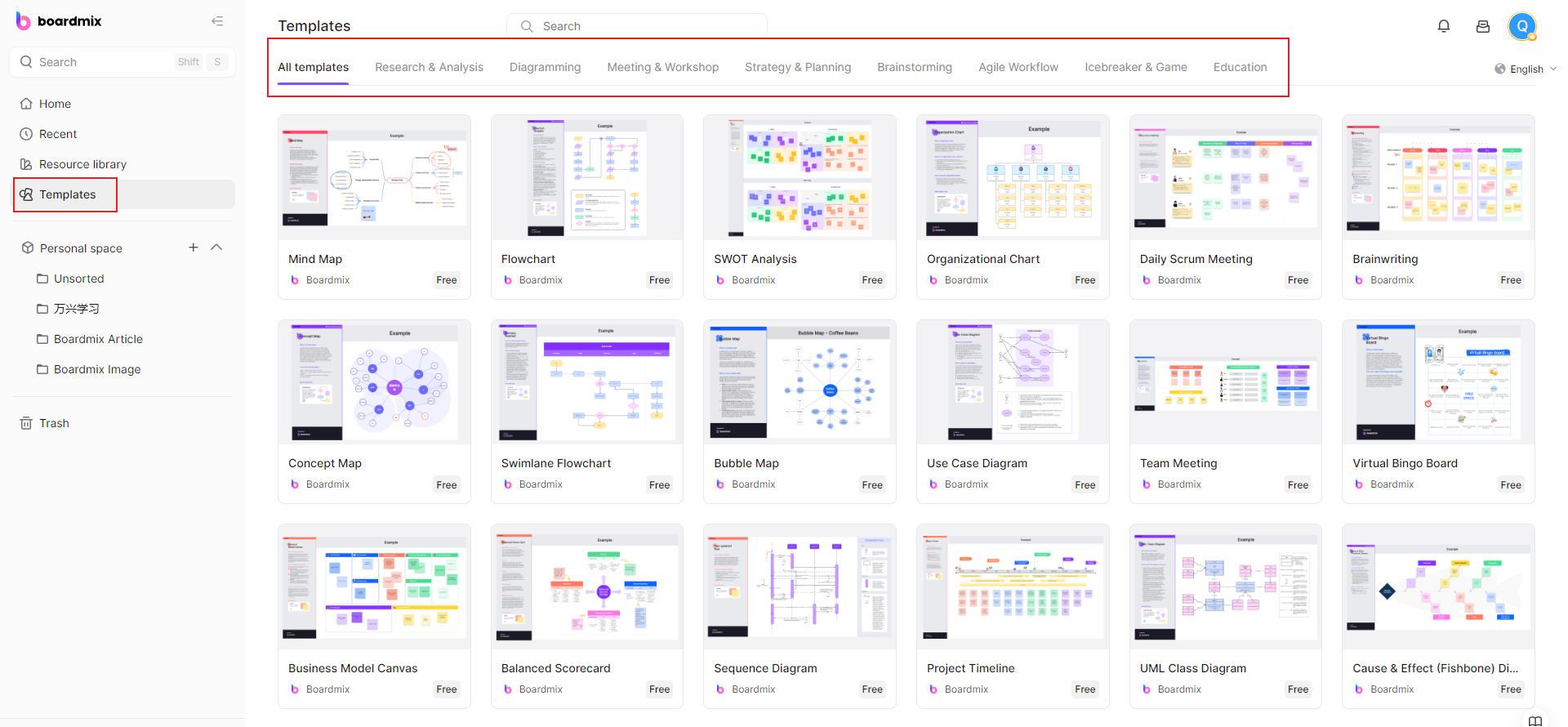
1. Gather Participants
The game can be played with a small group of friends or a larger crowd. Ensure everyone knows each other or has had a brief introduction to make the game more effective.
2. Explain the Rules
Each person takes turns sharing three statements about themselves. Out of the three statements, two should be true and one should be a lie. The goal for the rest of the players is to guess which statement is the lie.
3. Prepare Your Statements
Encourage participants to think of two true statements and one false statement about themselves. These can be about their experiences, hobbies, achievements, or any interesting facts.
Example:
I have traveled to five different continents.
I am fluent in three languages.
I have a pet snake.
4. Take Turns
Choose a player to start. This person will state their three statements in any order they prefer. The delivery must be confident and consistent to avoid giving away the lie.
5. Guess the Lie
After the player shares their statements, the other participants discuss and decide which statement they believe is a lie. They can ask questions to gather more information, but the player must answer in a way that doesn't reveal the lie.
Example: The group may ask questions about the continents traveled, the languages spoken, or the pet snake. The player should answer convincingly to keep the lie hidden.
6. Reveal the Lie
Once everyone has made their guess, the player reveals which statement was the lie. This part often leads to surprising revelations and interesting stories.
Example: If the lie was "I have a pet snake," the player would explain that they have never owned a snake, but the other two statements are true.
7. Next Player
The game continues with the next player taking their turn. This process repeats until everyone has had a chance to share their statements.
Tips for Two Truths and a Lie Game
1. Mix Up the Statements
Ensure the truths and the lies are not too obvious. Mixing mundane truths with outlandish lies can keep the game interesting and challenging.
2. Know Your Audience
Tailor your statements to the knowledge level of your audience. If playing with close friends, avoid statements that are too easily verifiable.
3. Be Creative
Use unusual or surprising truths to keep the game engaging. This also makes the lie harder to detect.
4. Keep It Light
The game is meant to be fun. Avoid controversial or sensitive topics that could make players uncomfortable.
5. Use Body Language
Sometimes, body language and delivery can be a fun way to throw off the other players. Act confident or nervous at the right times to add an extra layer of challenge.
Variations of the Game:
1. Team Play
Split into teams and have each team come up with their own set of statements. Teams then guess the opposing team’s lie. This variation adds a competitive element to the game.
2. Theme-Based
Focus the statements on a particular theme, such as travel, food, work, or childhood memories. This can make the game more focused and relevant to the participants.
3. Rapid Fire:
Players quickly take turns without much discussion in between. This fast-paced version adds urgency and excitement to the game.
Two Truths and a Lie is a versatile and entertaining game that can be enjoyed in many different settings. It’s a great way to break the ice, foster connections, and learn interesting facts about each other. By following the steps and tips outlined in this guide, you can ensure a fun and memorable experience for all participants. So, gather your group, get creative with your statements, and enjoy the laughter and surprises that come with discovering the truths and the lies!









